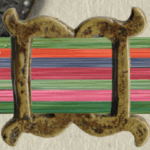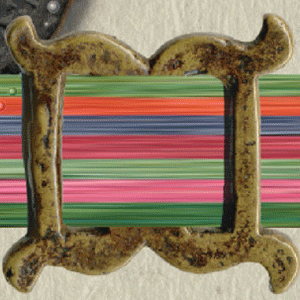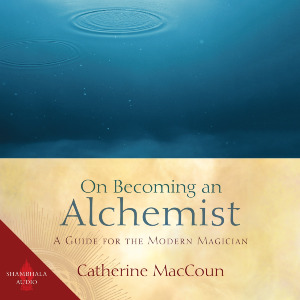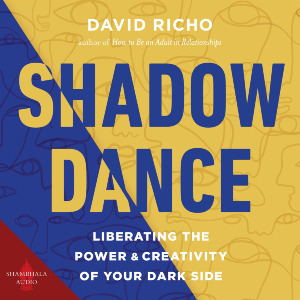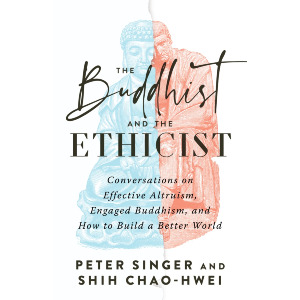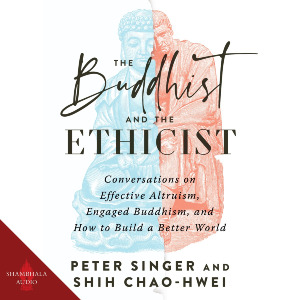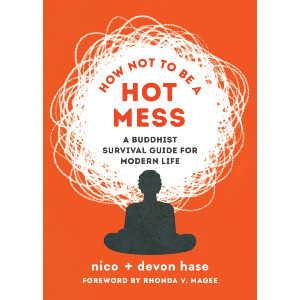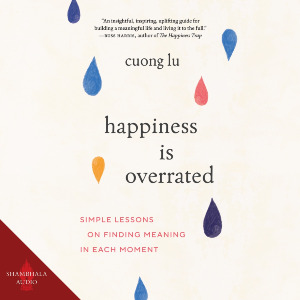In this excerpt from Vinegar into Honey, Buddhist teacher and psychiatrist Ron Leifer, M.D. talks about re-framing psychological problems in terms of Buddhism.
If we drop the medical model, we see that people come to therapy with problems that can best be understood as existential dilemmas. They don’t bring us diseases, they bring us life problems. They may have been influenced by psychiatric ideology and media publicity and wonder out loud about their psychiatric diagnosis and their brain chemistry. But in the end, they don’t really care about diagnosis except, possibly, for insurance reimbursement. They want to feel better and to enjoy life. The word “patient” comes from the Greek pathos, which means “suffering.” The words pathology, pity, patience, and patient are derivatives and connote the concept of suffering at their core. Whether we call them patients or clients, those who come to us for help are sufferers. Everyone suffers, including therapists. We are all “patients” who suffer from the trials of life and death and seek relief.
My approach to psychotherapy evolved when I rejected the medical model as the most effective paradigm for understanding human psychic suffering, and turned my attention to the vast and startlingly precise exegesis on human psychology in the Buddhist wisdom tradition. The Seven Steps outlined in Vinegar into Honey are a synthesis of Western psychology and Buddhist psychology.
A basic Buddhist teaching is “the four thoughts that turn the mind inward.” In ordinary language, these thoughts teach that happiness is not to be found in the external world, nor is unhappiness. Happiness and unhappiness are properties of mind. We naturally want to be happy forever, but our experience is marked by suffering, impermanence, and the lack of enduring substance in anything. We want to hold on to the people and situations we love, but everything changes. Everything appears and disappears. Our body is precious to us but is destined to die. In this predicament, what we do is important. How we manage and conduct ourselves makes a difference to our happiness and the happiness of others.
The same insight is expressed in the Hindu concept of kundalini tantra. In this tradition, the life force is metaphorically depicted as a serpent seated at the base of the spinal cord. The subtle body, i.e., the mind, has seven ascending nodes, or chakras, representing stages in the evolution of consciousness. The three lower chakras, below the diaphragm, are the seat of the base, animal functions of the body—the desires for food, sex, and power. To transform the suffering caused by the energy of the lower chakras, kundalini practice raises this energy to the higher centers—the compassionate heart, intelligent speech, wisdom, and joy. The raising of the kundalini energy is a metaphor for the deliberate transformation of self from the base to the subtle, from suffering to happiness. The kundalini is a metaphor but one that, unlike the determinism of the medical model, guides the conscious efforts of the sufferer to evolve a “higher” state of consciousness.
Ron Leifer, MD, is a psychiatrist with more than forty-five years' experience in the practice of private psychotherapy. He trained in psychiatry under Thomas Szasz and became a Buddhist practitioner in 1980 when he became a student of Khenpo Karthar Rinpoche. He founded the Ithaca Dharma Society and teaches meditation. He is the author of In the Name of Mental Health and The Happiness Project and more than fifty articles in professional journals on psychiatry and the interface of Buddhism and psychotherapy. He lives in Ithaca, New York.

